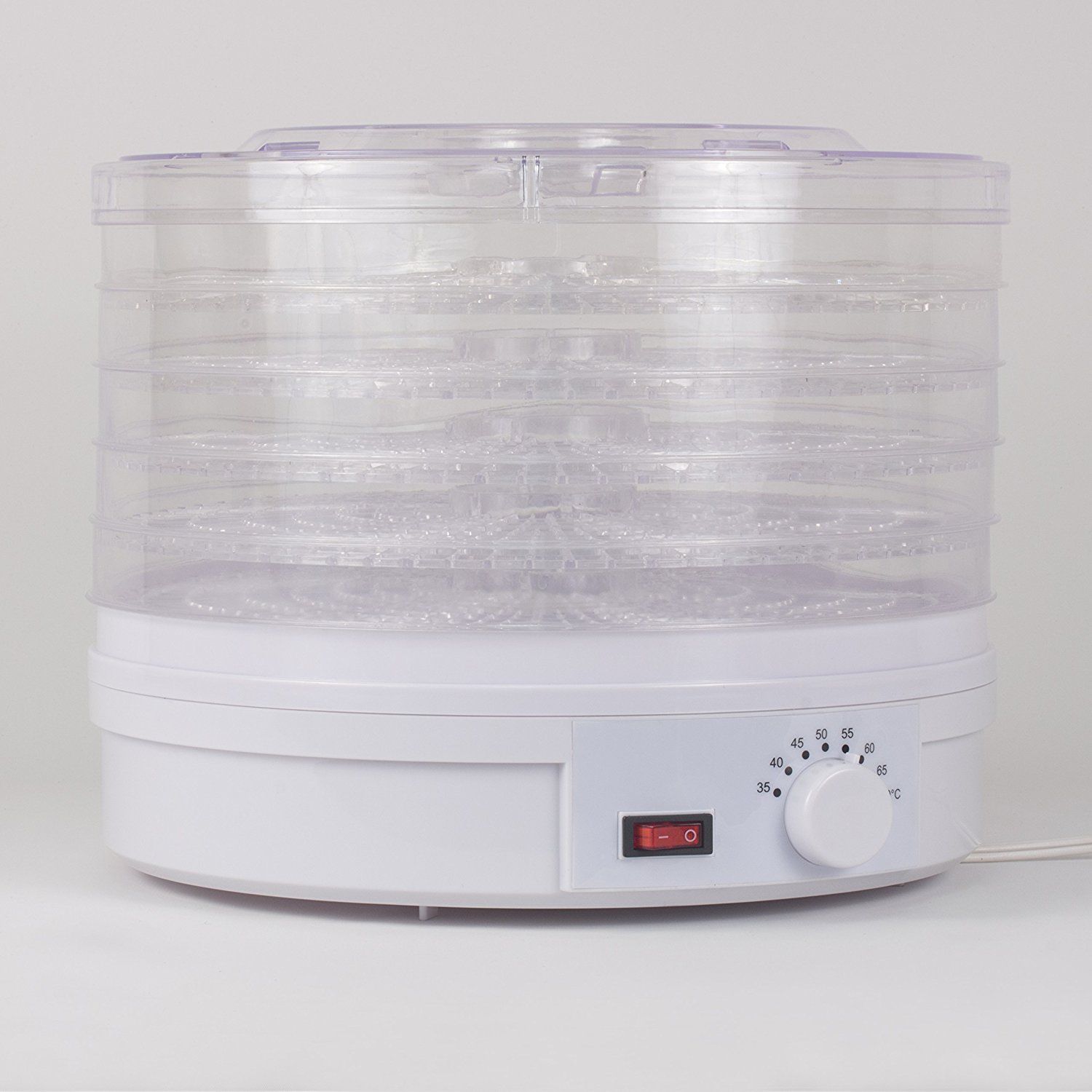
Virtually all 3D printing filament can be negatively affected by the moisture over time. Though PLA material is not necessarily ruined by being exposed to the ambient air for a short period, over time you can begin to see negative effects such as additional stringing and oozing.
For 3D printing materials more prone to absorbing water, like nylon or polycarbonate, having dry material is essential. Most filaments are shipped in sealed or vacuum sealed bags with desiccants. This keeps the filament dry until you use it, but once opened, its good to have a plan for how to keep the filament dry, or at worst, how to dry it out.
Let’s take a look at how to do both.
Keep it dry:
-Container
We’ve all seen photos of folks with 3D printers running multiple spools of colored filaments, maybe hanging on a large rod in the open air. It looks impressive, but in reality, that filament is not being kept clean or dry. The better alternative won’t make for a great looking photo, but will keep your filament in better shape. Airtight plastic containers are a great choice for storing your filament. Smaller containers are great for individual spools, or you can get larger tubs to store your whole collection. Just make sure the container is airtight and has a secure sea.
Airtight container available at Amazon
-Desiccant
It’s hard to trust a cheap plastic container to keep your precious filament airtight. You’ll need to put some desiccant into your container to absorb moisture from the air, I recommend using a color-changing desiccant, so you have an something to alert you if your “airtight” container is working properly, or if its letting in moisture. Inexpensive desiccant packs are available, but I recommend a re-usable product called Eva-dry. This works like a larger desiccant pack, changes color once it absorbs moisture, and can be plugged in to the wall to “recharge” and dry out the desiccant to be re-used. The larger Eva-dry may require using a larger container, but the trade-off is worth it.
Eva-Dry available at Amazon
Drying your Filament:
Use an oven?? The short answer here is “no”
I’ve heard suggestions of using an oven or toaster oven at a low temp to try to dry out filament.
I’ve tried it for a few minutes, and once my plastic spool started to deform, I decided it wasn’t a good idea. Plus, it seems like something that could make oven less safe to use for cooking.
Gas ovens will have a more moist environment, which in theory would be less effective than electric. All this being said, and oven may work, but has its risks and limitations.
-A Better Solution
Rather than an oven to heat the filament to remove moisture, a better solution is something called a “PrintDry”. This system is designed to dry filament using hot air, and can fit multiple spools of filament. They also have attachments allowing the spool to spin, and a hole to feed filament out of the printdry, directly to your printer. The PrintDry is not airtight, but rather works by constantly blowing hot air into the storage chamber. So it doesn’t double as a drybox.
This is a great solution to treat any exposed filament and restore dryness for optimal printing. Drying does take some time (hours) depending on the amount of moisture in the filament. I haven’t come up with a great way to measure dryness, but generally a few 3-4 hours shows improvement. The amount of filament on your spool will affect this, with the more filament, the more time required to dry. The PrintDry is available for about $100, and definately gets the job done. They also have individual spool holders available (airtight), which are great for storage. The lids on the current models work OK, but are far from perfect. I suggest using a color-changing desiccant with these containers as well, just to ensure you have a good seal and your filament is still dry. I have seen desiccants change color while in these sealed containers (I didn’t have the lid on perfectly I guess). I still prefer the larger tubs with Eva-Dry, but this is a convenient alternative if you want to access your spools one at at time, and they can be a space saver as well. They cost about $12 each, though I don’t think they work any better than airtight food containers of similar size. Food containers are usually rectangular, which may be an advantage with regard to adding desiccant packs. The Printdry storage containers fit filament spools perfectly, with just enough room for small desiccant packs. So if you want a “perfect fit”, this is probably your best choice.
A Cheaper Alternative?
The PrintDry is essentially a food dehydrator with some custom made trays to fit filament spools. For a more affordable alternative, you can just buy a similar food dehydrator and trim the included trays to fit the same way. The Westinghouse model WFD101W has been reported to be the same model as used on the PrintDry. I’ve used the actual PrintDry and can confirm it looks almost exactly like this Westinghouse model, and doesn’t seem to offer any different functionality. They guys making the PrintDry don’t have to re-invent the wheel, but you also don’t have to pay the additional cost when you can buy a $40 dehydrator and modify it yourself for no extra cost.
Westinghouse dehydrator available a Amazon
The Proof
Here is a side-by-side comparison of the same model printed with the same spool of filaments; before and after drying.
This test was performed by leaving the filament out in the open to absorb moisture from the air. (This was left out for a week+) For filaments that are known to absorb moisture (nylon), the moisture affects print quality even on the same day its been exposed. Other filaments like PLA and ABS will fair better after days and weeks of open exposure, but still do benefit from being dried. The improvement is noticeable, even if only slightly on the PLA prints.
With the small amount of effort and cost required to dry your filament, even for a small improvement to print quality, this seems worth your while.

